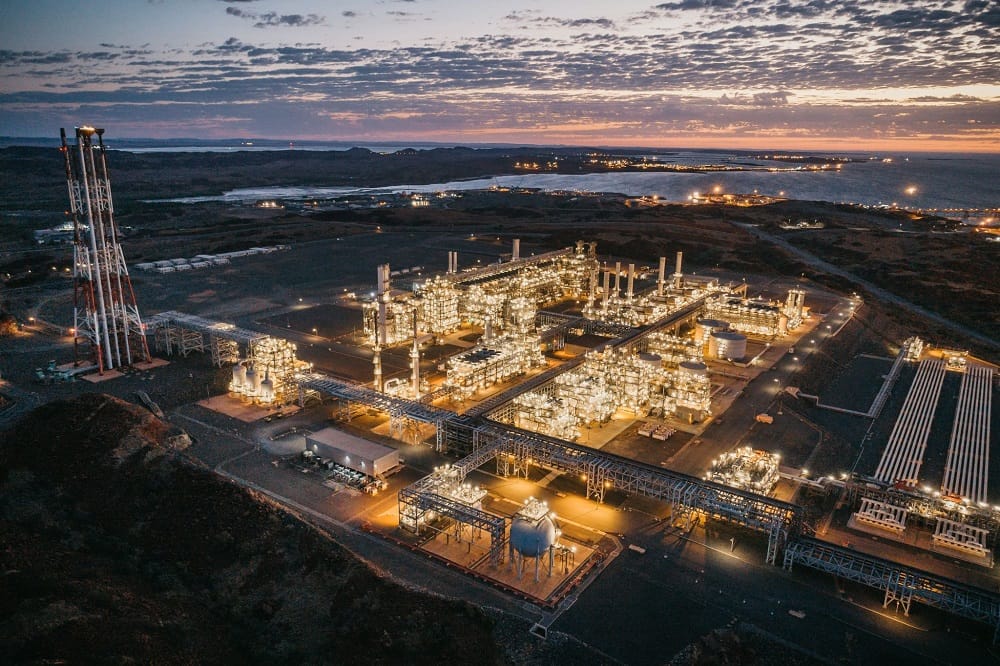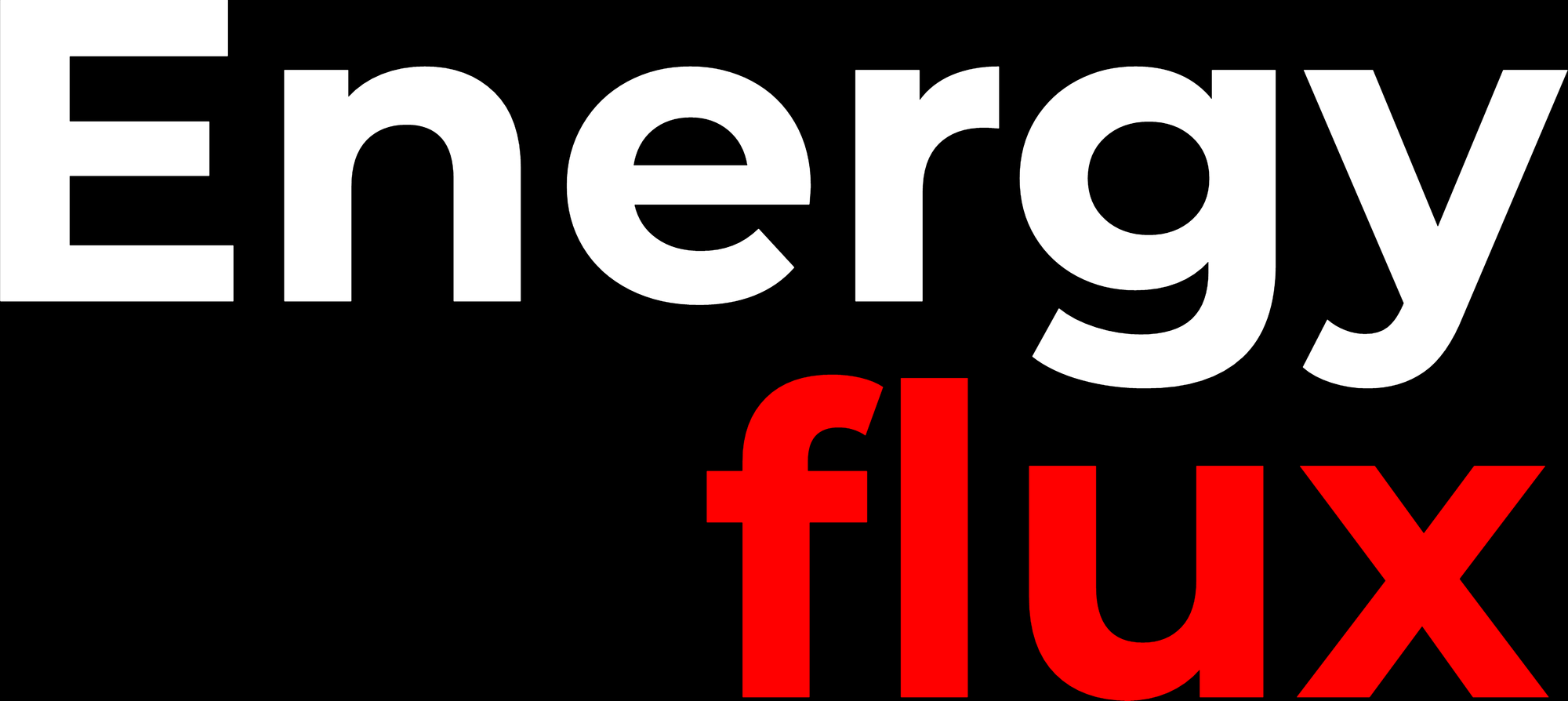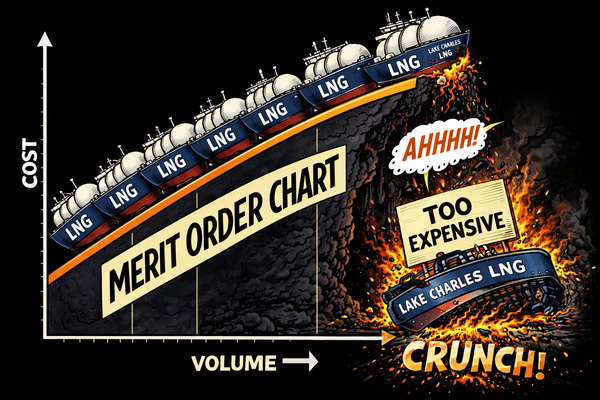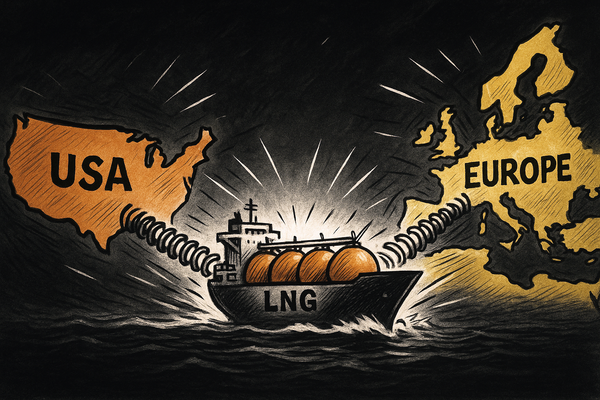Woodside goes it alone on Scarborough LNG
Luring investment into greenfield gas projects is tough, even in a gas-starved world


Member discussion: Woodside goes it alone on Scarborough LNG
Read what members are saying. Subscribe to join the conversation.





